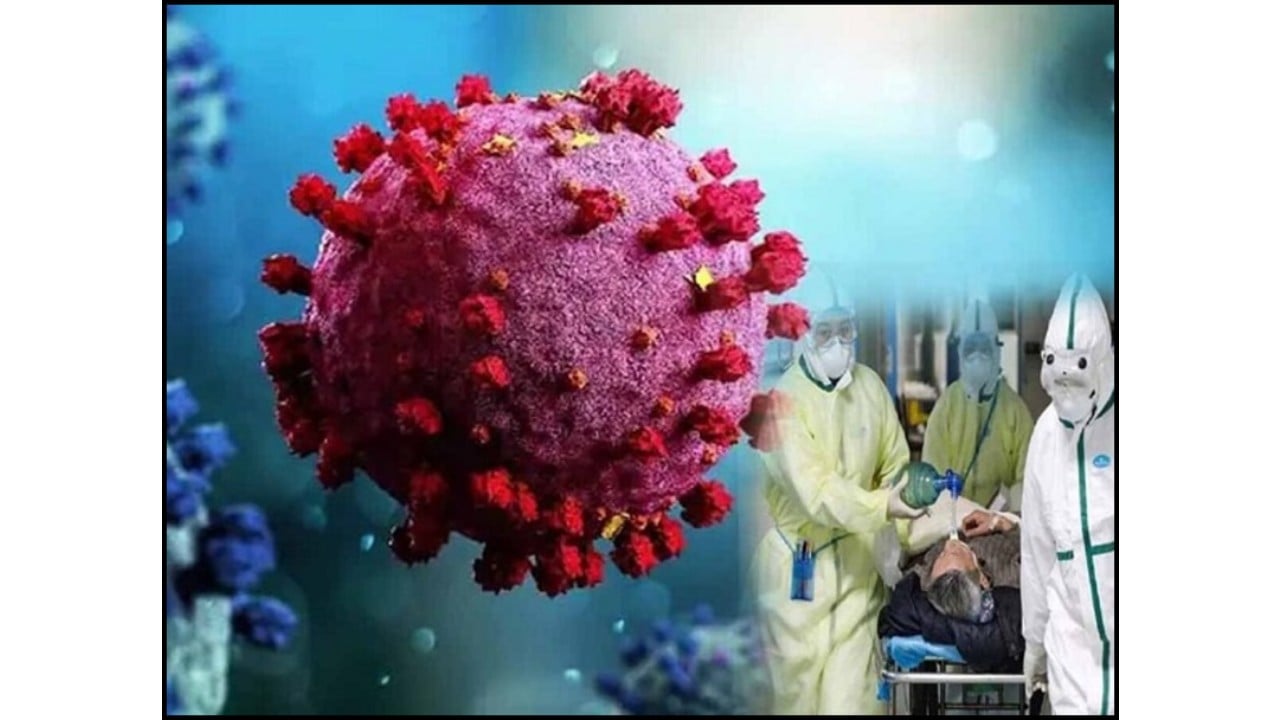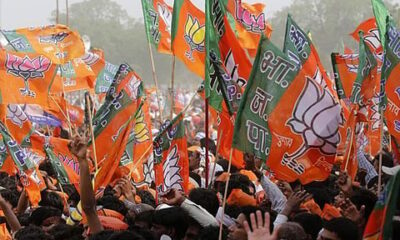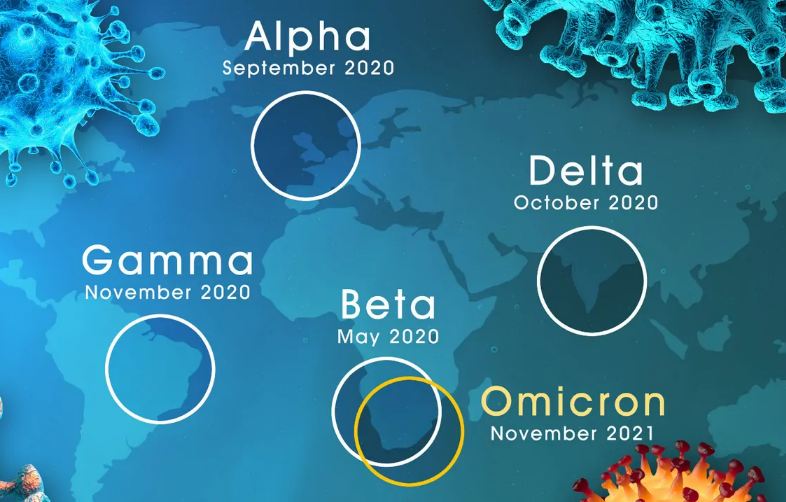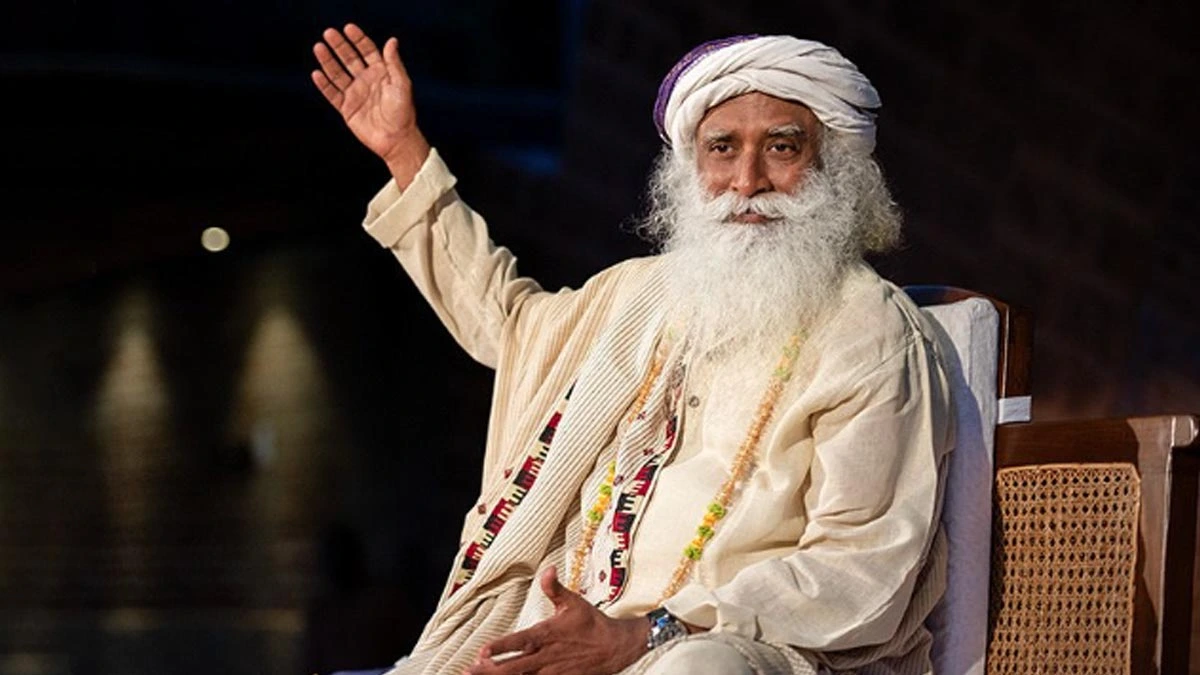Health
Is Delmicron a new Covid-19 variant? What is it and how is it different from Omicron? Know its symptoms | FAQs answered
Delmicron is the combination of delta and omicron variants which is considered to be the highly spreadable variant. Can Delmicron emerge in India? What are its symptoms. Read here.

Health
Karwa Chauth 2025 moonrise time: Biohacking the fast from sunrise to moonlight for better health
Karwa Chauth 2025 fast offers not only spiritual fulfilment but also scientifically proven health benefits — from improved metabolism and hormonal regulation to enhanced longevity and mental clarity.
Health
Sadhguru’s 30% diet challenge: Spiritual leader explains how eating more fruits can transform your digestion and mental clarity
Sadhguru’s 30% diet challenge urges people to eat more fresh fruits daily. From better digestion to steady energy, here’s how this change can improve your life.
Health
Is winter really a silent threat for diabetics and hypertensive patients? Risks you need to know
-

 India News15 hours ago
India News15 hours agoBJP gets its first mayor in Kerala as VV Rajesh takes charge in Thiruvananthapuram
-

 India News16 hours ago
India News16 hours agoVeer Bal Diwas reflects courage, conviction and righteousness, Says PM Modi
-

 India News13 hours ago
India News13 hours agoAAP targets Delhi LG with Ghajini dig over pollution row, BJP hits back
-

 Entertainment12 hours ago
Entertainment12 hours agoDhurandhar box office collection crosses Rs 1,000 crore worldwide in 21 days
-

 Latest world news11 hours ago
Latest world news11 hours agoIndia flags attacks on Hindus in Bangladesh as worrisome after recent lynchings
-

 India News18 hours ago
India News18 hours agoTrain fares increased from December 26: check revised ticket prices across classes
-

 India News18 hours ago
India News18 hours agoDelhi air quality improves slightly but stays in poor category
-

 India News13 hours ago
India News13 hours agoTraffic slows in Himachal Pradesh as year-end tourist rush chokes roads to Shimla, Manali










